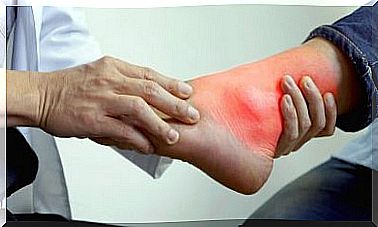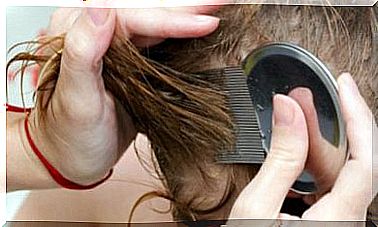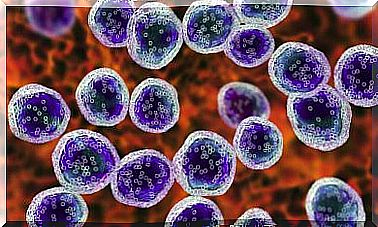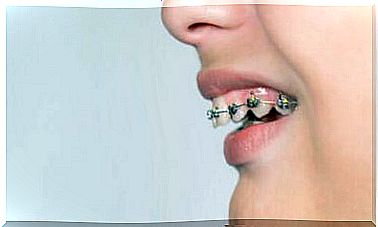Types Of Alopecia

There are several types of alopecia, which is abnormal hair loss. According to scientific studies, this pathology is divided into classes according to its speed of presentation, history, monitoring of diseases and clinical criteria, such as the extension, hair characteristics and the level of affectation of the underlying skin.
Literature review articles estimate that androgenetic alopecia (most common variant) affects 6% to 12% of women aged 20 to 30 years and 55% of men over 70 years of age. Due to its high prevalence, the aesthetic value that many attribute to it and the possible manifestation of other underlying diseases, it is necessary to know its types in order to know how to interpret it.
Types of Alopecia
The variety of types of alopecia is so great that it is impossible to talk about general patterns and symptoms. Its extension is global, with racial and geographically diverse particularities.
Alopecia is defined as hair loss of any type and anywhere on the surface of the skin. To facilitate their diagnostic algorithm, clinicians divide this pathology into two large groups, which are as follows:
- Those with a normal or healthy (non-scarring) scalp.
- Those with a pathological scalp (scarring).
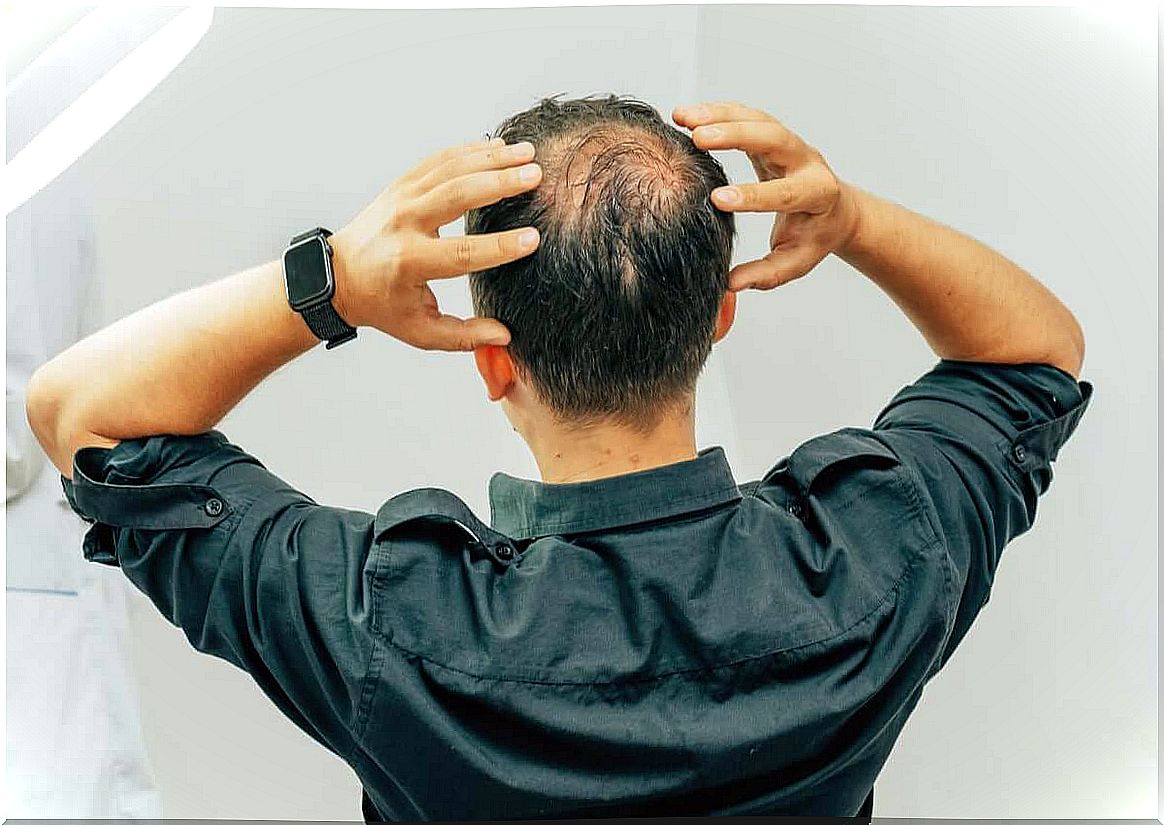
non-scarring alopecia
The common feature of all the variants shown below is that, in them, hair loss is not caused by the appearance of fibrous tissue that nullifies the follicle. In these cases, the hair follicle is not destroyed, but undergoes several changes.
Androgenetic Alopecia
Androgenetic alopecia is the most common variant of baldness, as several studies report that it is responsible for this pathology in 95% of cases. As we said before, up to 55% of men suffer from it, while the percentage in women is around 10%.
Dermatological journals report that there are two main causes of this disease:
- Androgens and skin: The increased action of male hormones (testosterone) in certain areas of the scalp promotes a decrease in hair follicle activity until it atrophies.
- Cellular mechanism: responds to the hereditary component of each person. The activity of RNA polymerase, an essential enzyme for protein synthesis, is conditioned by certain genetic factors. This can modify hair growth patterns.
There are several treatments to alleviate androgenetic alopecia, such as the use of minoxidil, melatonin, finasteride and laser therapy. Some of these medications are up to 90% effective in breaking the fall. Hair follicle regrowth, on the other hand, is a more complicated task.
Alopecia areata
Research shows that this type of baldness, characterized by the appearance of round spots in focused areas, is a very little known pathology. It is believed that several factors condition its appearance:
- Genetics: The presence of alopecia areata in the family history promotes the onset of the disease in offspring in up to 40% of cases.
- Immunological: There is evidence that there is a link between this pathology and immunological diseases such as thyroid disease or vitiligo (destruction of skin melanocytes). It has also been linked to diseases such as anemia, diabetes or rheumatoid arthritis.
- This disease also seems to be related to emotional factors such as stress, infectious agents and neurological variations.
Other types of non-scarring alopecia
We describe the two most important types of non-scarring alopecia. There are many others, but we will only comment on them in a cursory way. Here are some examples:
- Traumatic Alopecia: occurs causing continuous damage to the scalp, based on tension and pressure, such as braids or buns.
- Diffuse: is reversible widespread hair loss. It can occur acutely or chronically.
- Lack or Excess of Vitamins, Drugs or Medications: Studies show that vitamin D deficiency or too much vitamin A can cause hair loss.
scarring alopecia
According to scientific articles, scar tissue alopecia is characterized by permanent hair loss, which is replaced by fibrosis or hyalinized collagen. This type of pathology is responsible for 3% of alopecia observed in dermatological centers, so its clinical importance is relatively low.
Here are some of the factors that can promote this type of baldness:
- Physical causes: burns, frostbite and trauma, among others. When the hair follicle is destroyed, it is replaced by scar tissue, preventing the hair from growing back.
- Tumors: any tumor that affects the skin, benign or malignant, can present as a side effect the appearance of this pathology.
- Infections: Leprosy or skin tuberculosis, diseases that permanently damage the skin, can also cause this problem.
- Chronic inflammatory processes: lupus erythematosus and other non-infectious diseases that cause skin lesions can damage the hair follicle.
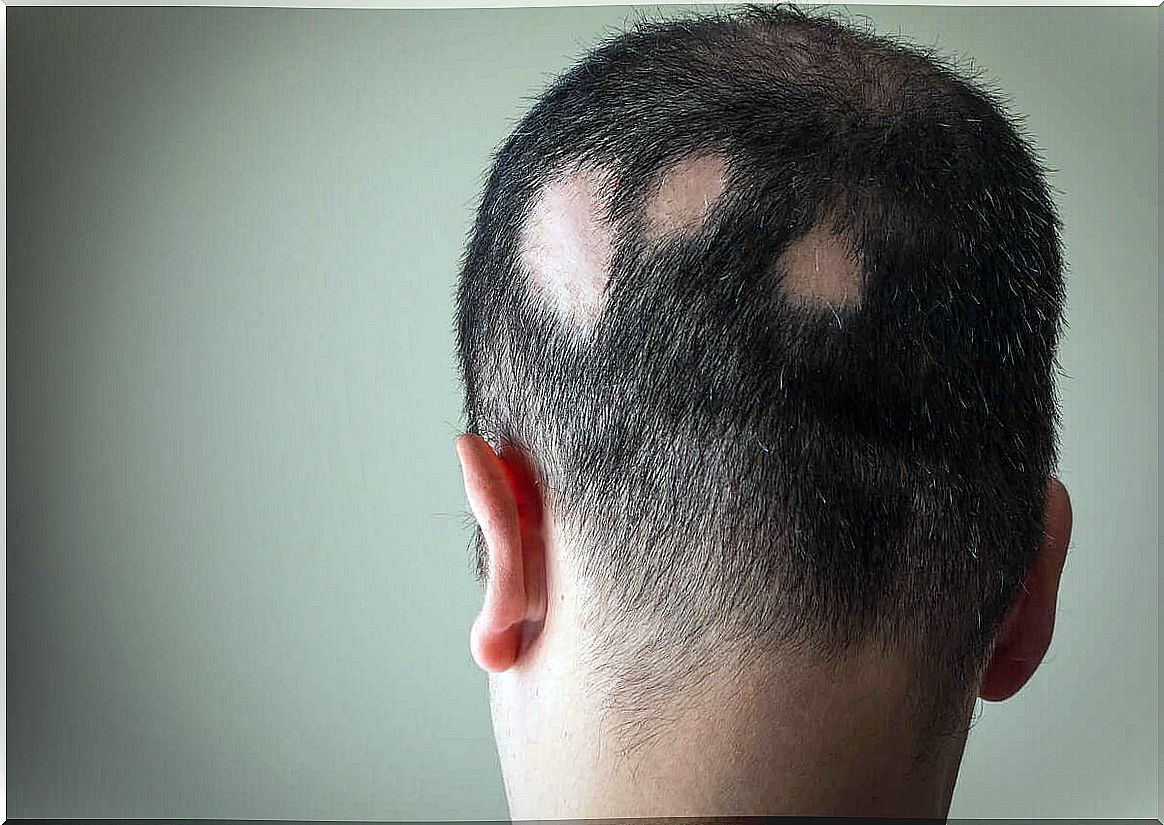
What to remember about types of alopecia?
As explained in the previous lines, alopecia can be divided into non-scarring and scarring. The former have different types, depending on the focus of the hair loss and the underlying reasons, but they are usually conditioned by genetic and hormonal factors. Scarring is completely different, as it usually occurs due to trauma and wounds that give rise to a healing at the hair follicle site.
What is clear is that androgenetic baldness is the most common variant of this disease, which mainly affects middle-aged men. Fortunately, there are more and more treatments to alleviate and delay hair loss.

